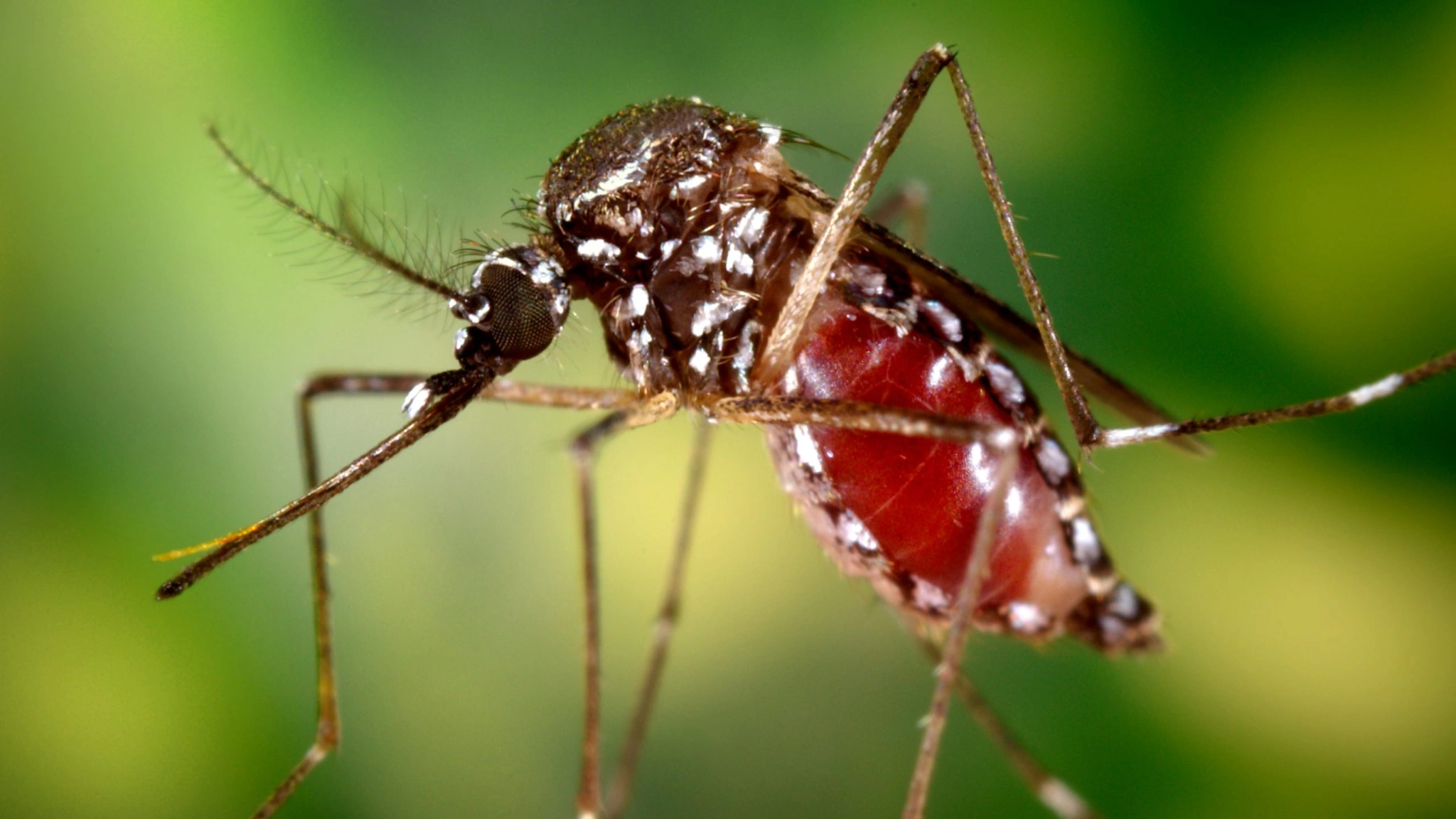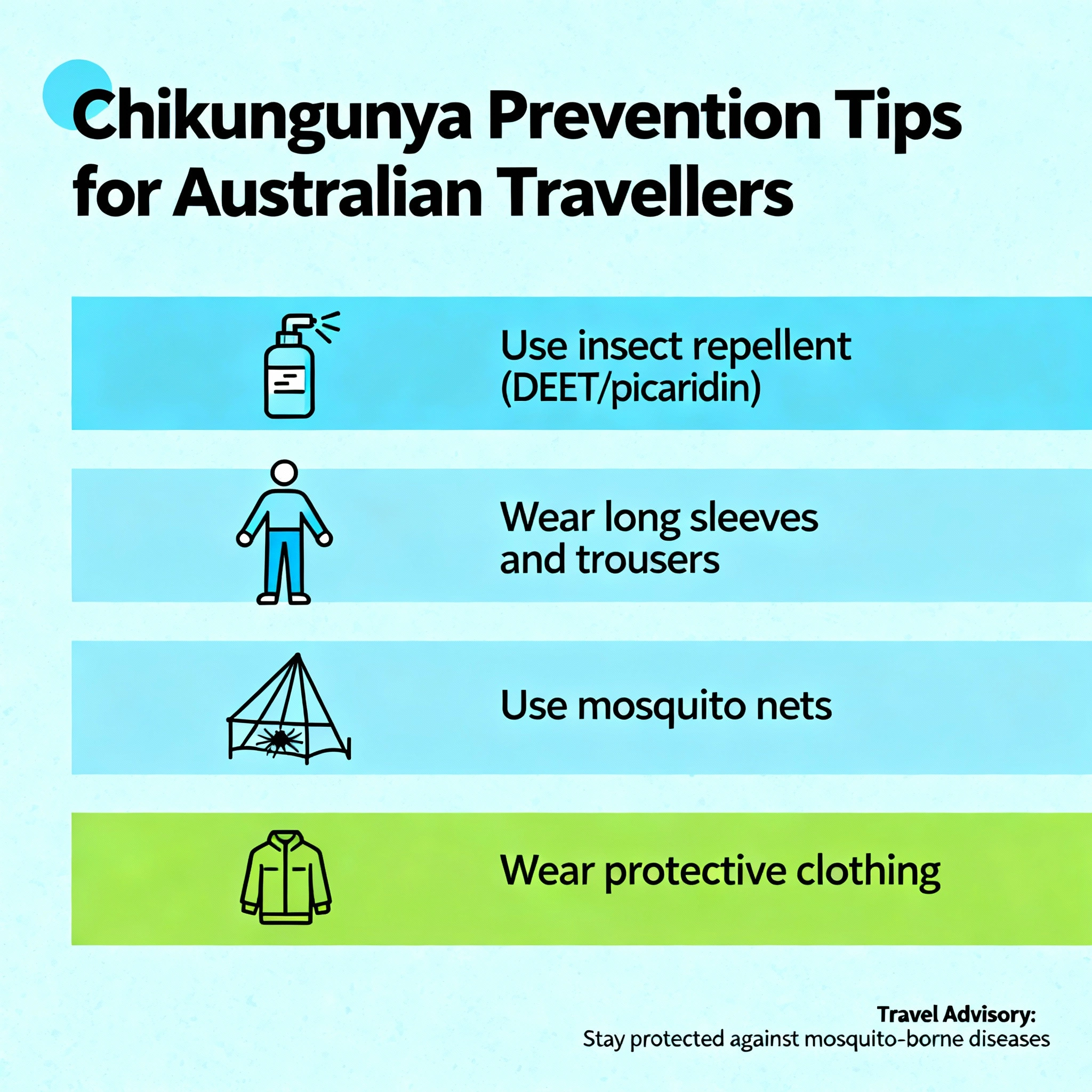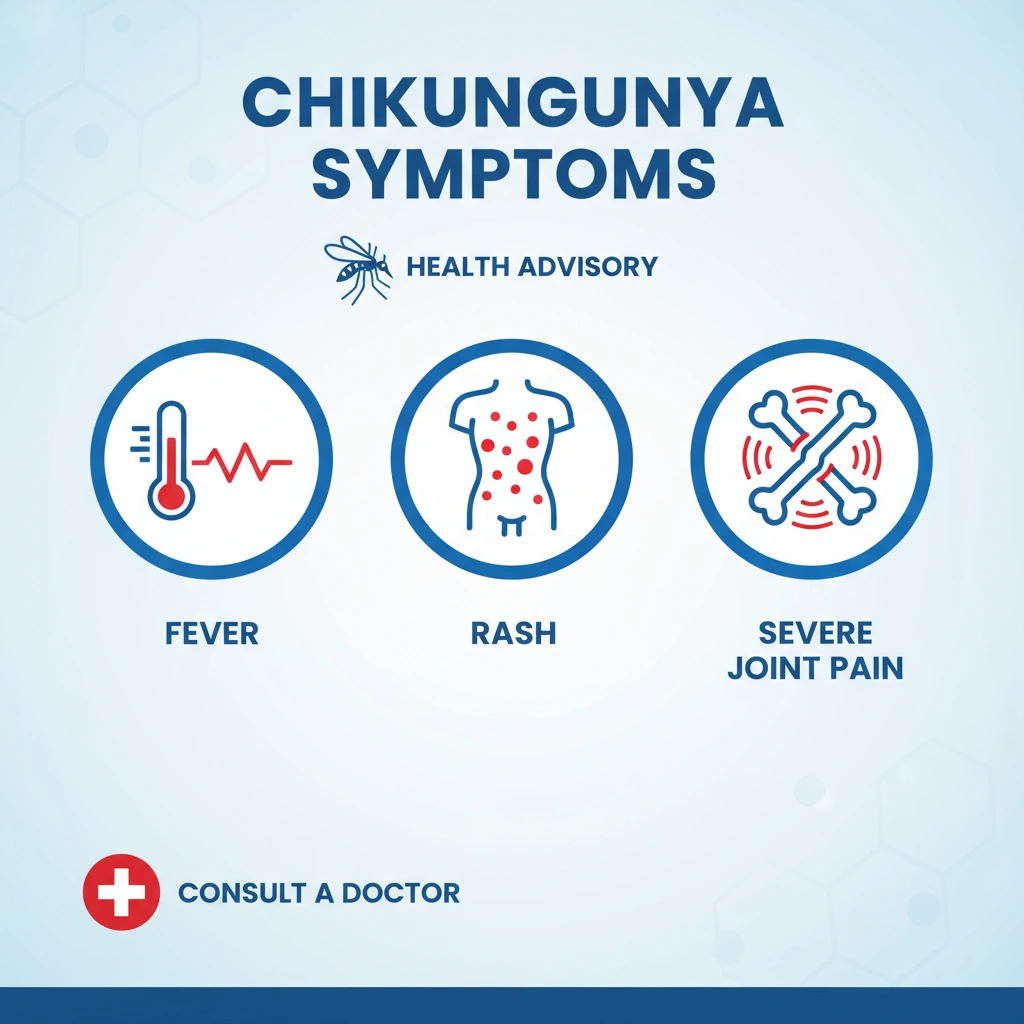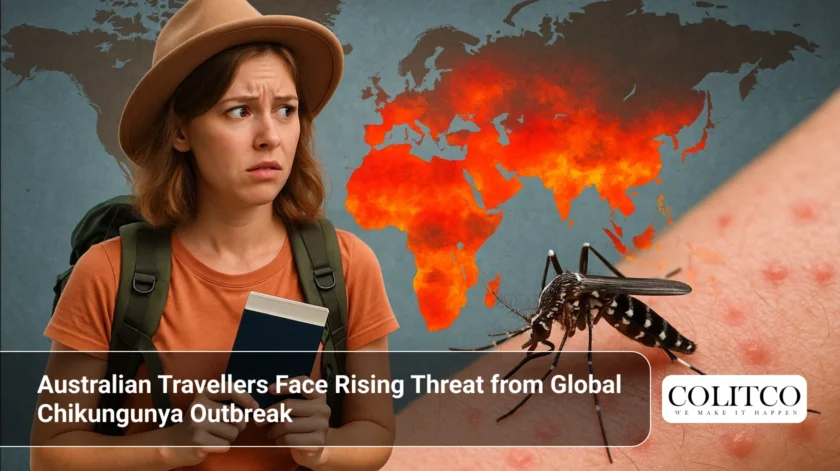Australian health authorities have issued a warning to travellers amid the rapid global spread of the chikungunya virus. This mosquito-borne disease, transmitted primarily by infected Aedes mosquitoes, has surged in multiple regions worldwide throughout 2025.
Global Outbreak and Rising Cases
Chikungunya cases have surpassed 445,000 globally from January to September 2025. The World Health Organisation (WHO) reported 155 deaths linked to the virus during this period. The Americas have seen the highest number of cases, with over 328,900 reported alongside 115 deaths. Europe follows with 56,456 cases and 40 fatalities. Several European countries, including France and Italy, continue to experience active outbreaks.
France recorded 633 locally acquired cases between May and September 2025, the highest since 2010. Notably, cases emerged in new departments such as Grand Est, Bourgogne-Franche-Comte, and Nouvelle-Aquitaine. Italy reported 364 confirmed infections, including 323 locally acquired cases, marking the highest incidence since 2017.
In the Indian Ocean region, Reunion Island reported 54,517 confirmed cases and 40 deaths up to mid-September 2025. Though the number of new cases has declined there since late April, health authorities remain vigilant.
 Chikungunya, a mosquito-borne disease
Chikungunya, a mosquito-borne disease
Spread Across Asia and the Western Pacific
Asia has experienced significant chikungunya activity. China’s Guangdong Province alone reported over 16,400 locally transmitted cases by late September. The outbreak affected 21 cities, with Foshan and Jiangmen having the largest shares. Other provinces, including Guangxi, Fujian, Hunan, Sichuan, and Hainan, also reported cases.
Indonesia recorded 3,608 confirmed cases across 19 provinces by July 2025, a sharp increase from 1,399 cases the previous year. The Indonesian Ministry of Health continues to strengthen outbreak response measures, especially in populous provinces.
Malaysia reported 40 cases in 2025, down from 63 in the same period last year. Authorities successfully contained all outbreaks within two weeks through integrated vector management and community engagement.
Australian Context and Travel Advisory
Australia has not recorded any locally acquired chikungunya cases. The virus is not endemic, but mosquitoes capable of transmitting chikungunya are present in parts of Queensland. Health officials monitor the situation closely through the National Notifiable Diseases Surveillance System.
The Australian Government advises travellers to be cautious when visiting regions where the virus circulates. The Department of Health reminds travellers to use insect repellent, wear protective clothing, and ensure accommodation is mosquito-proof. These measures help reduce the risk of infection during overseas travel.
 Chikungunya prevention tips for Australian Travellers
Chikungunya prevention tips for Australian Travellers
Symptoms and Health Impact
The chikungunya virus causes symptoms such as fever, rash, and severe joint pain. While the disease is seldom fatal, it can cause prolonged discomfort. Most cases globally have been mild, though travellers are urged to seek medical advice if symptoms develop after potential exposure.
 Symptoms of Chikungunya
Symptoms of Chikungunya
International Health Authorities’ Statements
WHO highlighted the risk of further geographical spread due to factors such as low population immunity, favourable climates for vector mosquitoes, increased travel, and gaps in public health systems. WHO stated, “The risk of further geographical spread of chikungunya to new areas remains noteworthy in the event of limited population immunity, favourable climate conditions for vector establishment, increased human movements and trades and gaps in public health systems.”
The rapid rise in cases calls for strengthened surveillance, vector control, and public awareness globally.
Preventative Actions for Travellers
Australian travellers are urged to take preventative actions, particularly when visiting Asia, the Americas, Europe, and the Indian Ocean region. Key advice includes:
- Consistent use of insect repellent containing DEET or picaridin
- Wearing long-sleeved clothing and trousers, especially during mosquito active hours
- Using mosquito nets where accommodation is not fully screened
- Staying informed about the current status of outbreaks in travel destinations
Also Read: High Court Upholds Visa Refusal for Candace Owens Citing Public Safety and Community Security
Public Health Monitoring and Response
Authorities in affected countries employ early warning systems and integrated vector management strategies to curtail outbreaks. Community involvement has proven effective in limiting transmission rates, as demonstrated in Malaysia and other regions.
The Australian Government continues to monitor cases internationally and maintains preparedness to respond should local transmission occur.
Final Remarks
The chikungunya virus outbreak overseas presents a clear health risk to Australian travellers. With rising cases across multiple continents, vigilance and preventive measures are crucial. Health departments urge travellers to stay informed and adopt protective behaviours to minimise exposure to infected mosquitoes while abroad. Continued monitoring and international cooperation remain essential to managing this evolving situation.












